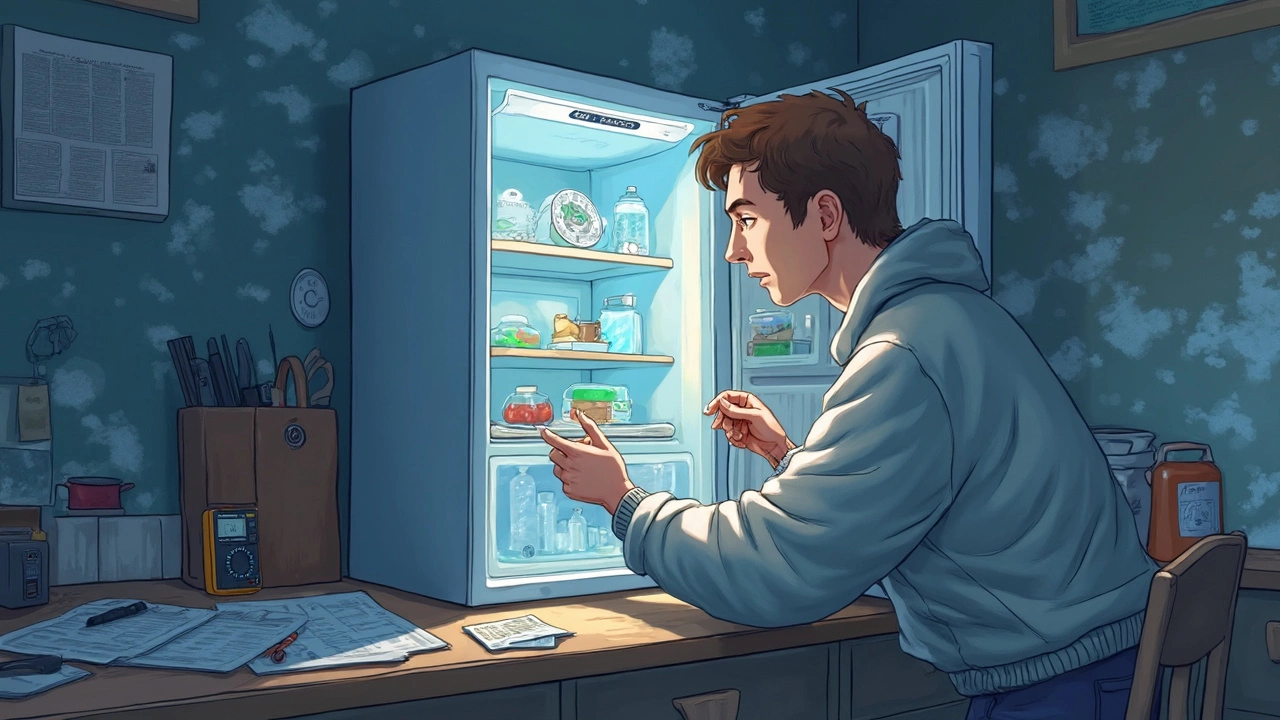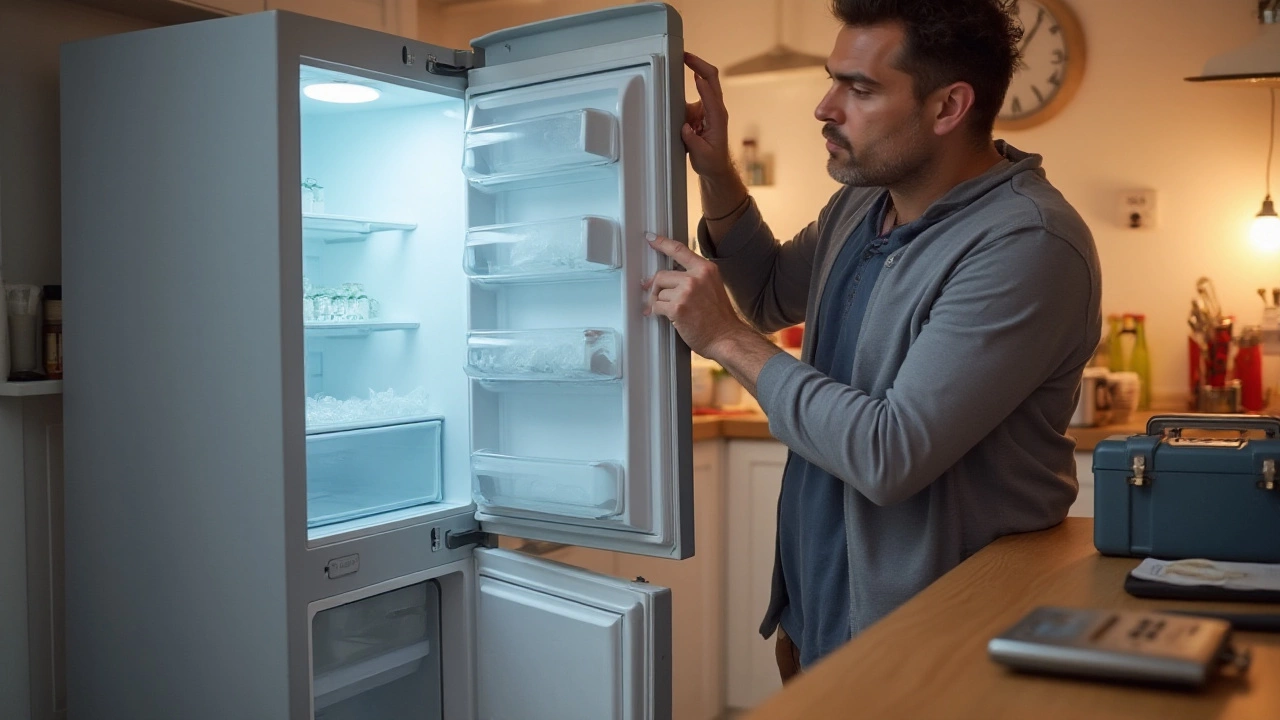Fix Freezer Fast – Simple Tips to Diagnose & Repair Common Issues
Got a freezer that’s acting up? Maybe it’s not getting cold enough, humming loudly, or leaking water. Before you call a technician, try a few quick checks. Most freezes problems are something you can spot and fix in the kitchen with basic tools.
Why Your Freezer Stops Cooling
The first thing to ask yourself is whether the freezer is actually powered. It sounds basic, but a tripped breaker or a loose plug can shut the whole system down. If the lights come on but the temperature stays high, the problem is usually with airflow, the thermostat, or the frost buildup.
Freezers rely on a steady flow of cold air. When the fan motor fails or the vents get blocked by food packages, the chill can’t circulate. You’ll notice a warm spot near the back or a layer of frost that’s thicker than normal. Another common culprit is the evaporator coils. Over time they gather ice, which reduces efficiency. When the coils are frozen solid, the compressor works harder and still can’t reach the right temperature.
Finally, check the door seal. A cracked or dirty gasket lets warm air sneak in, making the compressor run nonstop. Run a simple “paper test”: close the door on a piece of paper, try to pull it out. If it slides out easily, the seal isn’t tight.
Quick DIY Fixes Anyone Can Try
1. Reset the power. Flip the breaker off for a minute, then turn it back on. This resets the control board and can clear minor glitches.
2. Clean the condenser coils. Locate the coils at the back or underneath the freezer. Use a vacuum brush or a vacuum cleaner on low suction to clear dust and pet hair. Cleaner coils help the compressor stay cool.
3. Defrost manually. Unplug the freezer, remove all food, and let the ice melt. Speed up the process by placing towels on the floor and using a bowl of hot water inside. Once it’s dry, plug it back in and set the temperature to –18°C (0°F).
4. Check the fan. Open the freezer (after it’s unplugged) and look for a small fan near the evaporator. Spin it by hand; it should move easily. If it’s stuck, clear any ice or debris, or replace the motor if it’s dead.
5. Repair the door seal. Clean the gasket with warm, soapy water and a soft cloth. If you see cracks or tears, apply a gasket repair spray or replace the seal entirely – kits are inexpensive and fit most models.
If these steps don’t bring the temperature down, the issue might be deeper: a faulty thermostat, a failing compressor, or a refrigerant leak. Those parts need a qualified technician. The good news is you’ll have clear evidence to give them, which can save time and money.
Regular maintenance makes a big difference. Every 6‑12 months, wipe the interior, check the seal, and vacuum the coils. Keep the freezer at least a few inches away from the wall so warm air can circulate behind it.
Remember, a freezer that’s only a little warm can still be safe for short periods if you keep the food packed tightly. Move perishable items to a working fridge or use a cooler with ice while you sort out the repair.
With these simple checks and fixes, most freezer hiccups are easy to solve. If you’ve tried everything and the unit still won’t chill, it’s time to call South Shields Appliance Repair Services. Our local technicians know how to handle stubborn freezers quickly and affordably, getting your food safe again without a long wait.

